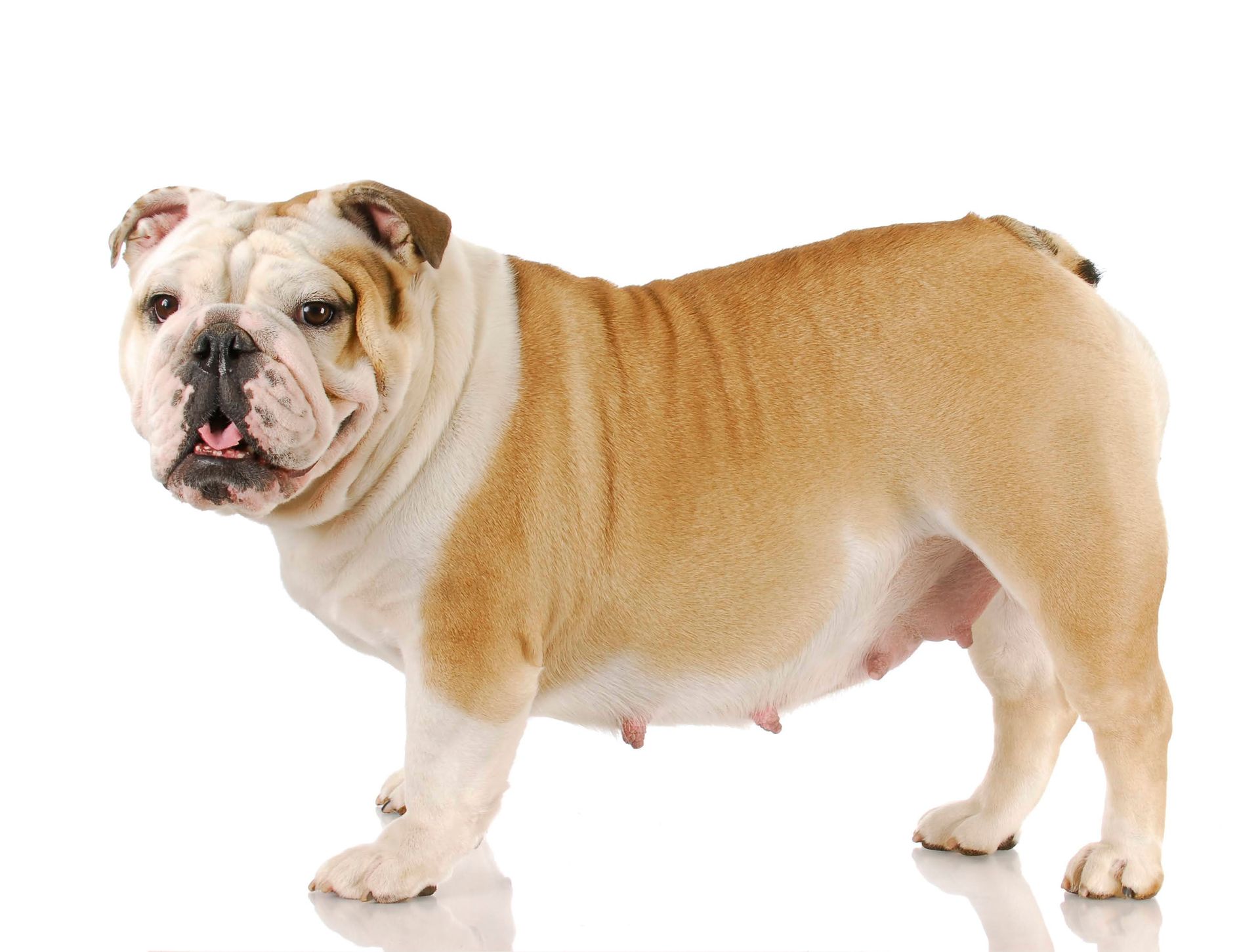Dogs might not be able to tell their owners how they feel, but they still can express their emotions in their own way. When they’re happy, they will be jumping around and wagging their tails non-stop while running in circles.
When they’re agitated and provoked, their breathing gets heavy, they start growling, which eventually evolves to loud and forceful barking. When they’re hurt, they whimper, limp, and hide away from people.
But can you tell when your dog is sad?
How do you know if your dog is sad?
Here are the tell-tale signs that your dog might be sad:
A sad dog refuses to move
If your dog is sad, it will choose a place in the house where it will lay down and sulk. Unlike a normal and happy dog who runs around the house and try to explore the world as much as they can, sad dogs tend to look unmotivated and stay in one place.
A sad dog refuses to eat
Eating tends to be a chore for a sad dog. A remarkable appetite decline would be observed when dogs are in pain, whether physically or emotionally.
The only difference is that some dogs, even if they are sick or in pain, still manages to eat. A sad dog, on the other hand, will dodge any food that you serve them, even if it’s their favorite or not.
A sad dog ignores you
Gone are the days when your dog will lick your feet and hover wherever you are when your dog is sad. One of the indications that there might be something wrong with your dog is when it suddenly becomes indifferent to its surroundings.
A sad dog cries
This doesn’t happen to all dogs, but some dogs are very vocal about their feelings that they cry and even shed a tear when they are sad. Dogs squint their eyes when they are sad, and you might see a teardrop or two falls from their eyes.
A sad dog will sleep for longer hours
In addition to them not moving from their place, you will observe that sad dogs tend to sleep more than usual.
Their lack of interest and energy to interact with the people and things around them will leave them no choice but to just sleep.
Is dog depression real?
Dog depression has been proven by science to be true. One of the studies that have been conducted was they observed an animal model of depression, where dogs were ranked daily in an approach-avoidance test, and their temperament was characterized in approach-avoidance terms. Dogs tend to show clinical signs of depression during the entire research.
What should I do if my dog is sad?
Dogs adjust to their surroundings better than humans. They might be sad now, but there’s nothing more comforting than you playing with them, giving them their favorite treats, and letting them know that they are not alone. So grab your keys, drive them around town and go get his favorite Pupuccino!
Recommended post




